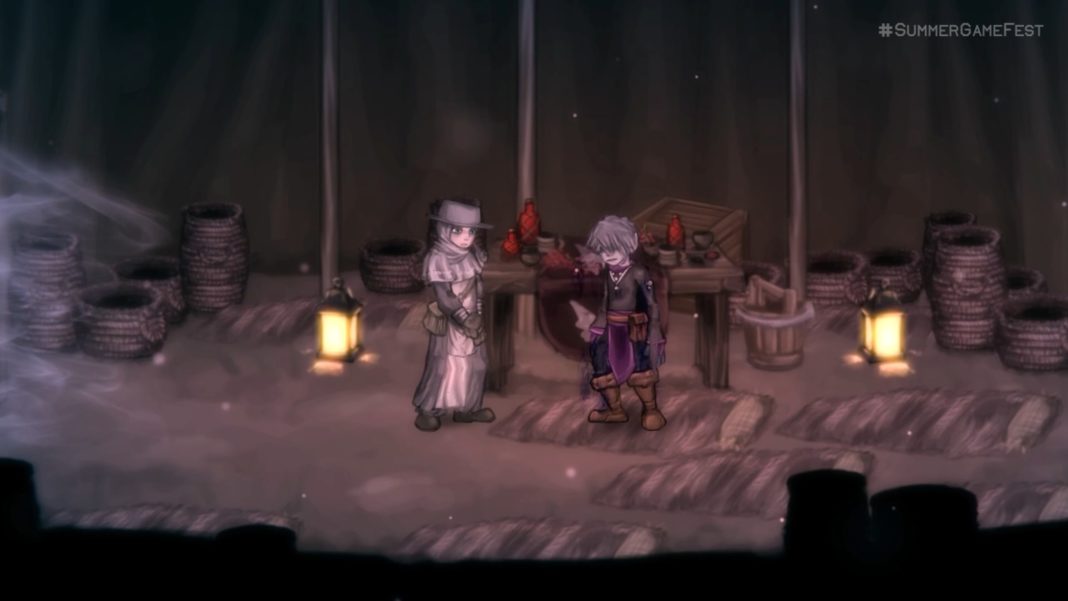

Two of the first uses of scorched earth recorded happened in the Gallic Wars. The system of punitive destruction of property and subjugation of people when accompanying a military campaign was known as vastatio. The Greek general Xenophon recorded in his Anabasis that the Armenians, as they withdrew, burned their crops and food supplies before the Ten Thousand could advance. The Scythians, who were nomadic herders, evaded the Persian invaders and retreated into the depths of the steppes after they had destroyed food supplies and poisoned wells. The Scythians used scorched-earth methods against the Persian Achaemenid Empire, led by King Darius the Great, during his European Scythian campaign. The concept of scorched-earth defense is sometimes applied figuratively to the business world in which a firm facing a takeover attempts to make itself less valuable by selling off its assets.

Also notable were the Russian army's strategies during the failed Swedish invasion of Russia, the failed Napoleonic invasion of Russia, the initial Soviet retreat commanded by Joseph Stalin during the German Army's invasion during the Second World War, and Nazi Germany's retreat on the Eastern Front. Notable historic examples of scorched-earth tactics include the failed Napoleonic invasion of Russia, William Tecumseh Sherman's March to the Sea during the American Civil War, Kit Carson's subjugation of the American Navajo Indians, Lord Kitchener's advance against the Boers, and the setting on fire of 605 to 732 oil wells by retreating Iraqi military forces during the Gulf War. It may overlap with, but is not the same as, punitive destruction of the enemy's resources, which is usually done as part of political strategy, rather than operational strategy. The practice can be carried out by the military in enemy territory or in its own home territory while it is being invaded. However, anything useful to the advancing enemy may be targeted, including food stores and agricultural areas, water sources, and even the local people themselves, though the latter group of targets has been banned under the 1977 Geneva Conventions. Any assets that could be used by the enemy may be targeted, which usually includes obvious weapons, transport vehicles, communication sites, and industrial resources. A scorched-earth policy is a military strategy that aims to destroy anything that might be useful to the enemy.


 0 kommentar(er)
0 kommentar(er)
